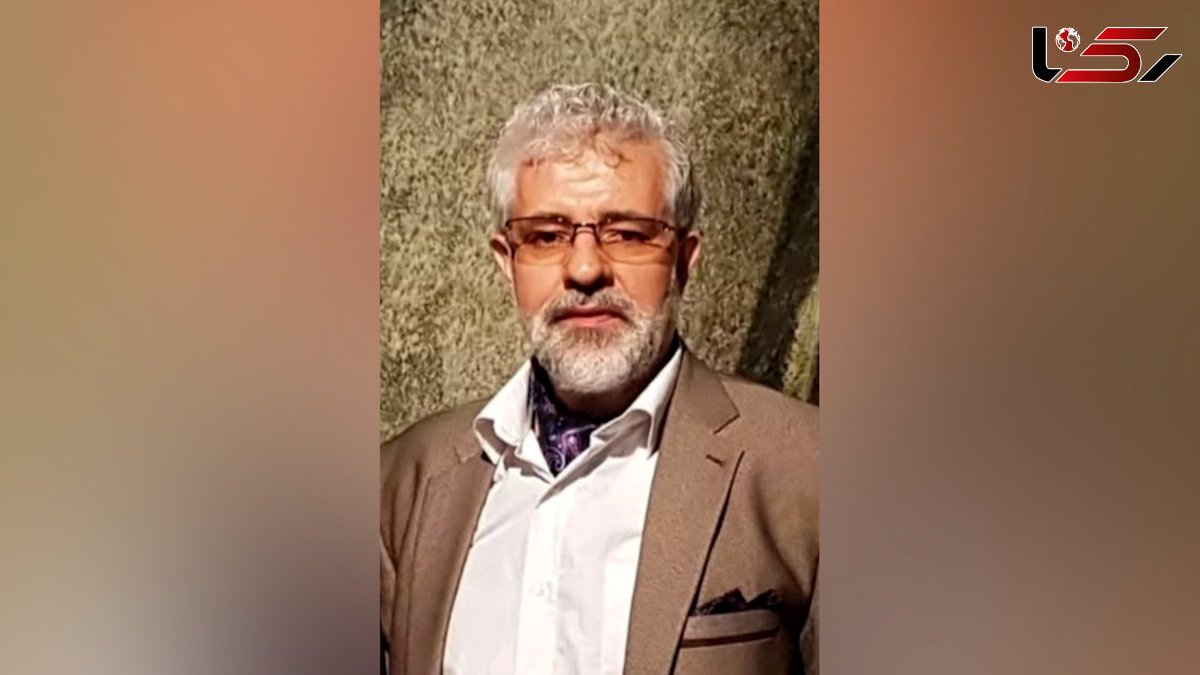The Arrogant, Self-Centered Artist: An Unwitting Exile from the City of Art

Art, in its essence, has always held the promise of becoming a bridge between the human spirit and truth—a field where ideas, images, and emotions could dwell together in profound dialogue. Yet within the shifting currents of the contemporary art world, one often encounters a troubling figure: the artist intoxicated with self-importance, the proud and self-centered creator who mistakes isolation for uniqueness and arrogance for authenticity.
This archetype is not new. Across centuries, certain artists have mistaken the light of their own flame for the sun itself. But in the context of today’s Iran—caught between cultural upheaval, economic strain, and the collapse of institutional support for the arts—the presence of such figures becomes more destructive. Instead of forging solidarity, they deepen the fractures of a fragile artistic community. Instead of serving as vessels for collective imagination, they stand as monuments to ego.
The arrogant artist believes himself to be exiled by society, but the truth is harsher: he has banished himself from the “city of art.” Art is not built on the walls of pride but on the foundations of humility, dialogue, and shared experience. When arrogance enters the heart of creation, the result is not illumination but suffocation—a narrowing of vision that reduces art to mere self-advertisement.
History shows us that the greatest works emerge not from isolation but from engagement: the poet who sings of the people’s suffering, the calligrapher whose lines echo faith and endurance, the painter whose brush testifies to both beauty and struggle. These artists, humble before their craft, belong fully to their societies and times. They are not mere ornaments but living voices of history.
In contrast, the self-centered artist creates works that may glitter on the surface but remain hollow at their core. They echo with the vanity of their maker rather than the pulse of their age. Such art cannot endure, for endurance belongs to works rooted in truth, in the collective memory and shared spirit of a people.
To resist arrogance is therefore to preserve the sacred role of art. The artist must stand not as a tyrant of the canvas but as its servant; not as a prophet of himself, but as a witness to what lies beyond him. Art demands humility, because only humility allows one to see clearly, to listen deeply, and to speak honestly.
The time has come for Iranian artists to reflect upon this reality. The storms of history—war, crisis, poverty, and censorship—have always tested the resolve of our artistic heritage. Yet what has kept our traditions alive is not the arrogance of isolated geniuses, but the endurance of those who placed their craft in the service of community and truth. To forget this lesson is to invite a silent death for art itself.
Let us then return to the city of art—not as self-exiled kings of vanity, but as humble dwellers of a shared home, builders of bridges rather than walls. For only in this shared dwelling can art once again fulfill its eternal promise: to illuminate, to resist, and to endure.
By Hossein Norouzi – Researcher in Art Studies
Send Comments